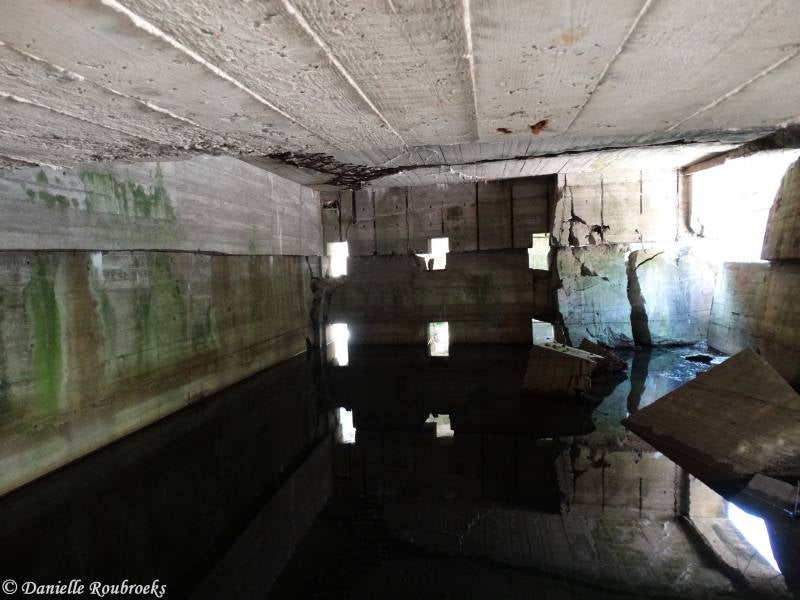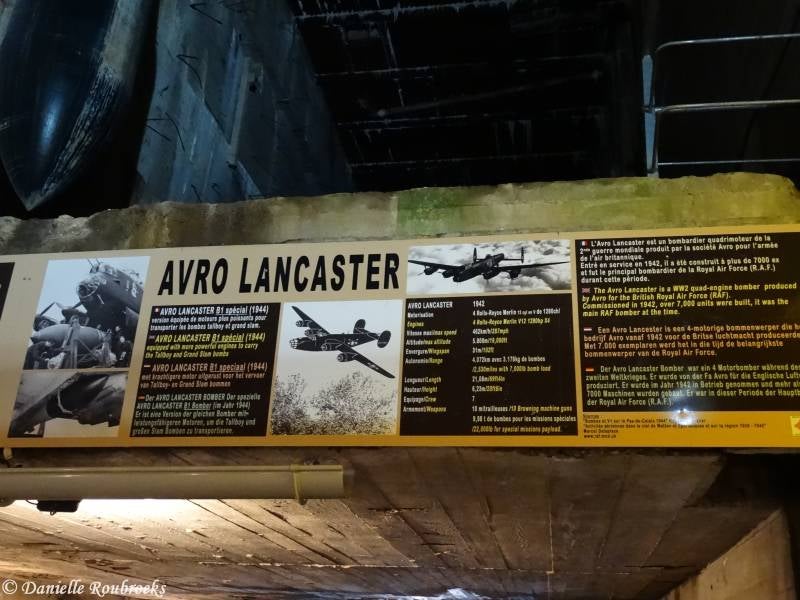Le Blockhaus d'Eperlecques
The Blockhaus d'Éperlecques, also referred to as "the Watten bunker" or simply "Watten", is a Second World War bunker, now part of a museum, near Saint-Omer in the northern Pas-de-Calais département of France.
The bunker, built by Nazi Germany under the codename Kraftwerk Nord West (Powerplant Northwest) between March 1943 and July 1944, was originally intended to be a launching facility for the V-2 (A-4) ballistic missile. It was designed to accommodate over 100 missiles at a time and to launch up to 36 daily. The facility would have incorporated a liquid oxygen factory and a bomb-proof train station to allow missiles and supplies to be delivered from production facilities in Germany. It was constructed using the labour of thousands of prisoners of war and forcibly conscripted workers used as slave labourers. The bunker was never completed as a result of the repeated bombing by the British and United States air forces as part of Operation Crossbow against the German V-weapons programme. The attacks caused substantial damage and rendered the bunker unusable for its original purpose. Part of the bunker was subsequently completed for use as a liquid oxygen factory. It was captured by Allied forces at the start of September 1944, though its true purpose was not discovered by the Allies until after the war. V-2s were instead launched from Meillerwagen-based mobile batteries which were far less vulnerable to aerial attacks.
Today, the bunker is preserved as part of a privately owned museum that presents the history of the site and the German V-weapons programme. It has been protected by the French state as a monument historique since 1986.





